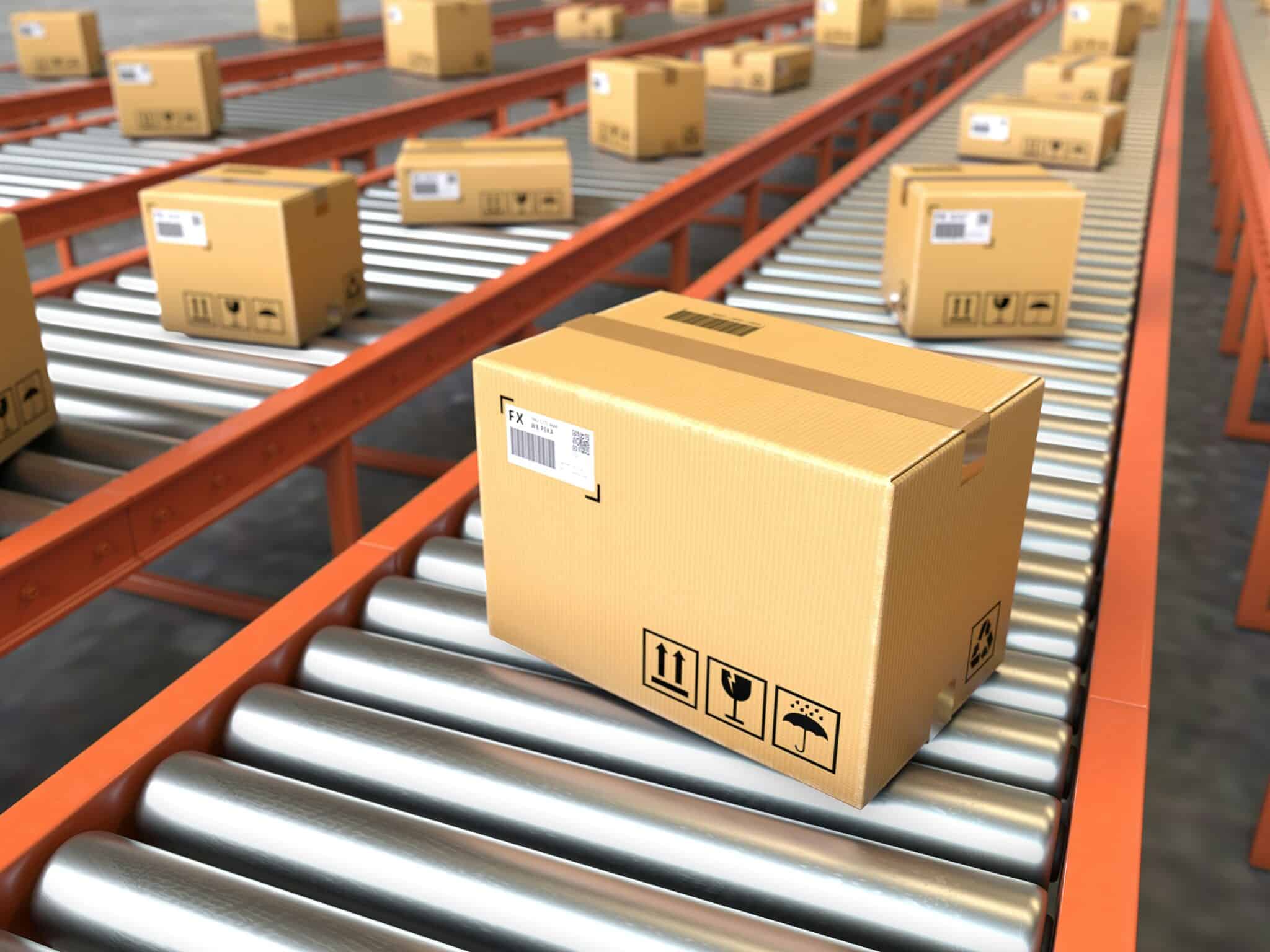In April 2021 the UK government set the world’s most ambitious climate change target into law to reduce emissions by 78% by 2035 compared to 1990 levels.
The climate change agenda is hot news and despite protests from various organisations dividing public opinion, there is no doubt that the issue is at the forefront of debate.
Consumer attitudes to the environmental impact of the products they buy and organisations they buy from are hardening.
Many consumers believe that brands bear as much responsibility for positive change as governments. In a 2020 McKinsey report, 66% of all respondents and 75% of millennial respondents to the survey said they consider sustainability when making a purchase. In fashion and textiles, over 50% of C-Suite executives say consumer demand is driving their pursuit of sustainability.
But it isn’t just about ‘looking good’. Organisations who have made tackling their environmental and social impact a priority and have acted on it are enjoying faster growth and higher valuations than other players in their sectors. Making progress on tackling the environmental impact of their operation drives down costs (typically by 5-10%) as these companies focus on operational efficiency and waste reduction.
For Wholesale, Distribution and Retail organisations a significant majority of their environmental impact occurs in embedded emissions in purchased goods and services, employee travel and commuting and the use and end-of-life treatment of sold products. Of these, two-thirds are usually from the upstream supply chain.
It follows that operational decisions around inventory management can have a significant impact on its environmental impact.
Having a firm grasp on demand planning and forecasting helps organisations to minimise overstock and understock situations – which both create resource wastage. Accurate forecasting ensures optimal purchase of raw materials and minimises unnecessary transportation costs – both of which harm a company’s carbon footprint.
How products are ordered and shipped is also key to reducing environmental impact. The size and frequency of consignment delivery is an important consideration. The ‘true’ cost of inventory should be understood – can local sourcing greater flexibility, shorter lead-times and lower transportation costs?
Inventory optimisation has many commercial benefits and it can directly help deliver a positive impact on carbon emissions. Analysing data to create better forecasts, managing the supply chain more efficiently and creating greater agility to respond to changing conditions all help to reduce resource wastage. Factoring in sustainability makes sense.





